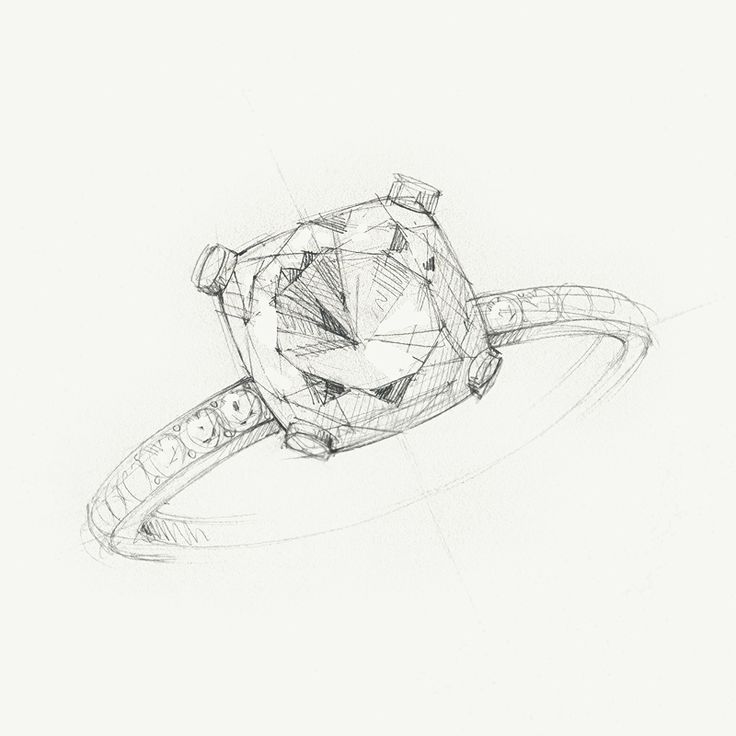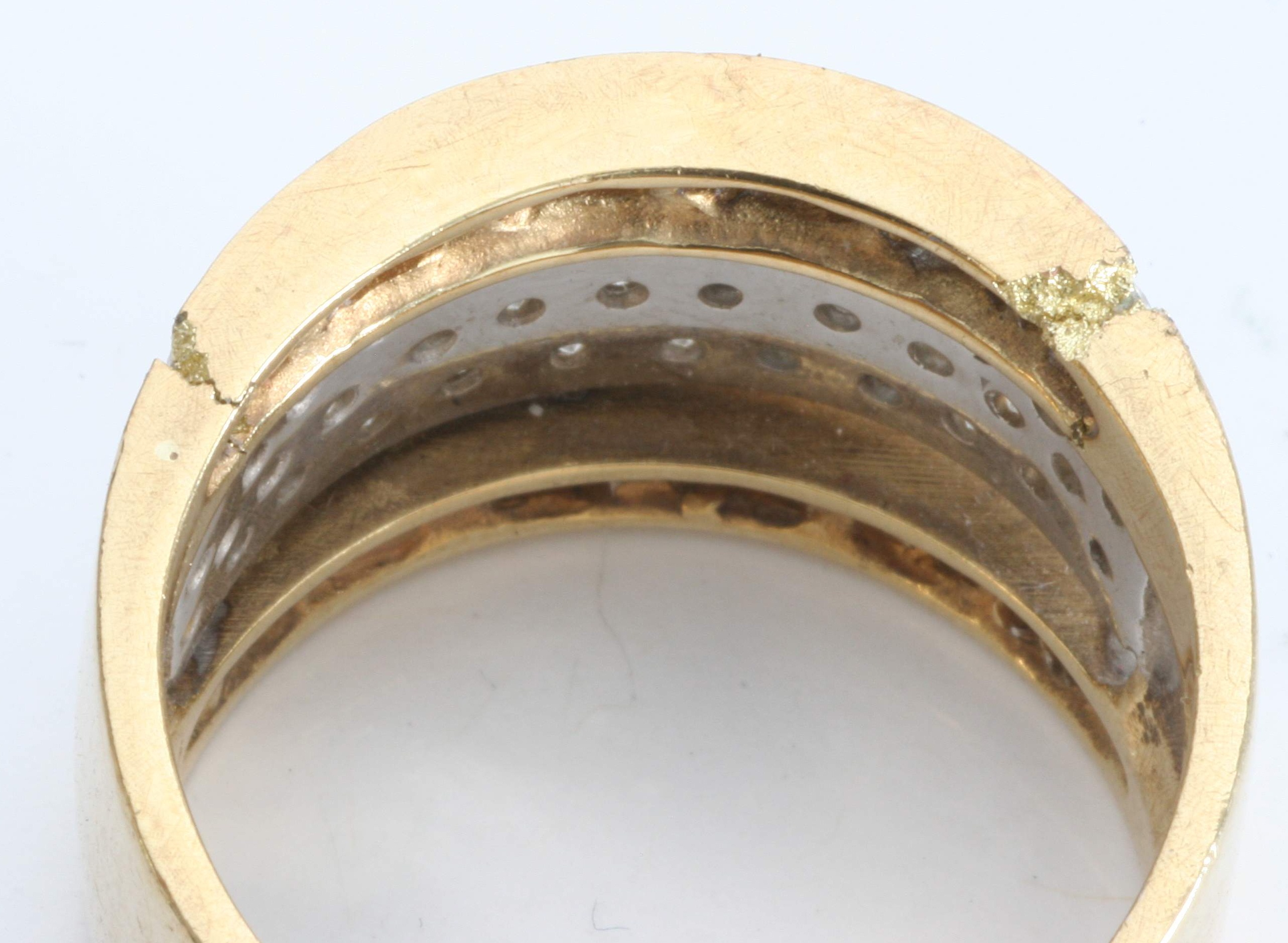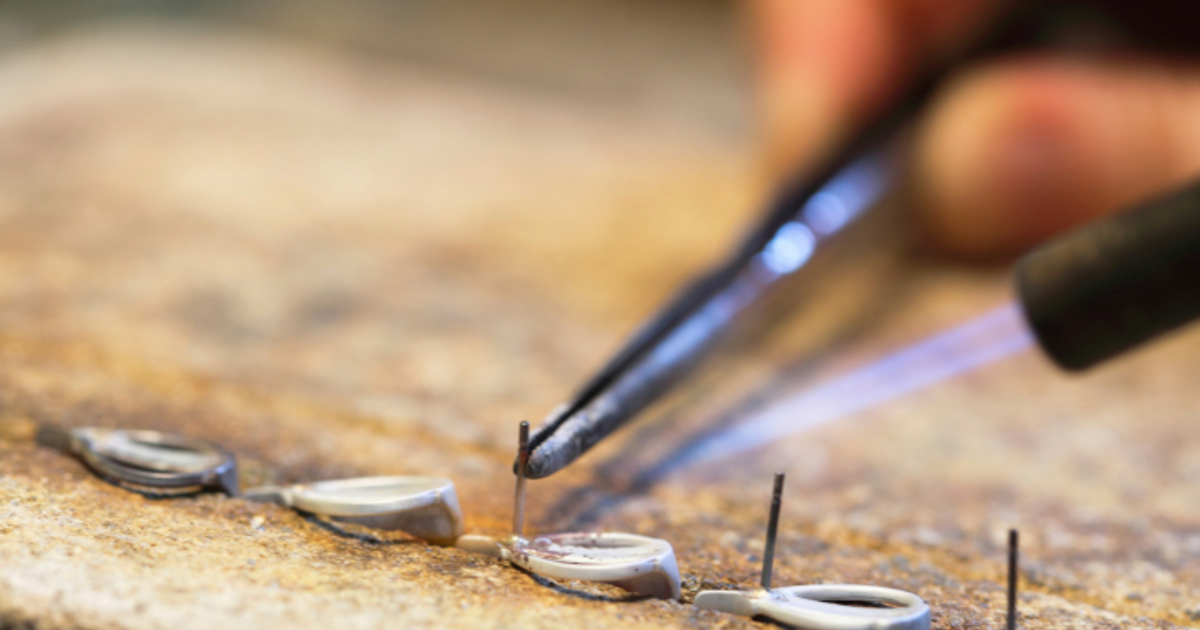Handmade vs Cast Engagement Rings
Posted by Sarah Nahikian on 14th Oct 2015

Finding the perfect engagement ring is an educational journey. From the GIA certified diamond quality to the style of the setting, there is a lot of information to glean. One of the very important elements of choosing a diamond ring is how the piece is constructed, and whether it comes from a casting or is made by hand. I find very few customers know the difference, but it is a question worth asking. The casting process can start in a few different places

Especially at a larger company, certain styles are generated via a CAD (Computer-Aided Design) and then 3D-printed into wax. A mold is made from the wax after which the manufacturer can cast platinum or gold into the mold and make countless replications of said design. If you see a style on a designer's website, this process ensures that if you select that style you will receive a ring that is identical. Sometimes the CAD process is skipped and a jeweler may choose to carve the design into the wax directly. There are some drawbacks to this process.

The process of throwing molten metal into the mold can sometimes produce porosity in the metal, which can be described as tiny bubbles in the metal that can result in pock marks or divots, and in the worst case scenario can weaken the structural integrity of the engagement ring.

The other issue with cast pieces is that the nature of the process requires that the mold be slightly thicker to allow the bench jeweler metal to work with when setting the diamonds, etc. In some cases, you can lose the delicate nature of precise design elements especially when setting micro pave diamonds. Some people may also take issue with the idea that there are other identical versions of their engagement ring on other people's fingers.

The alternative is to construct, or fabricate, the ring out of platinum or gold directly. This is generally how a custom ring is created, and the jeweler can be very precise about the width and proportions of the design details. Thin pieces of metal are formed and soldered together to create the final structure. Quality obviously relies a great deal on the jeweler's skill, and in some unfortunate cases an inexperienced jeweler may create a weak solder joint or a precarious setting. Some jewelers specialize and excel in certain styles, such as vintage style solitaire rings, classic three-stone, or micropave halo settings.

There is typically a significant cost difference between a custom hand-made setting and a cast piece, but an original creation from a talented jeweler is well worth the price in most cases. Either way, understanding the production process your engagement ring is going to undergo is crucial to investing your money wisely. When looking at an engagement ring in a jewelry store, insist upon touching and inspecting it closely with a loupe. The elements of quality, while occasionally difficult to detect from far away, will become apparent up close. You will know you are in the right place when the sales associate can explain the process in detail from start to finish.








